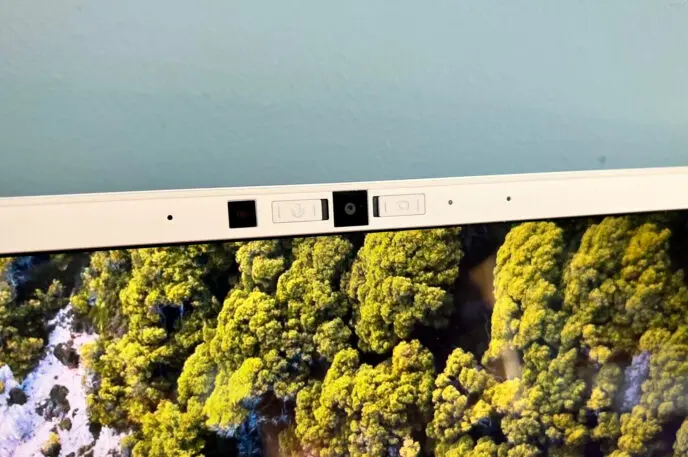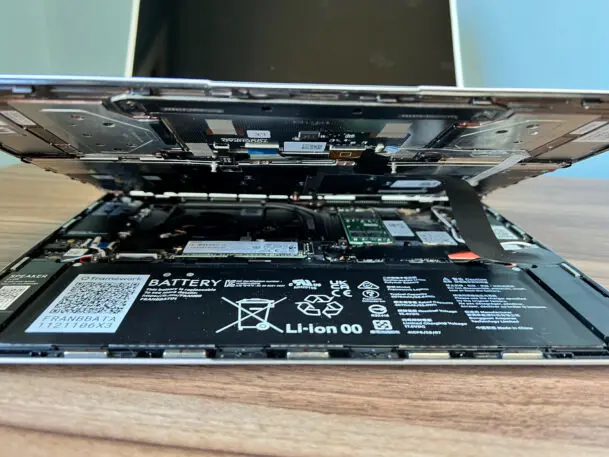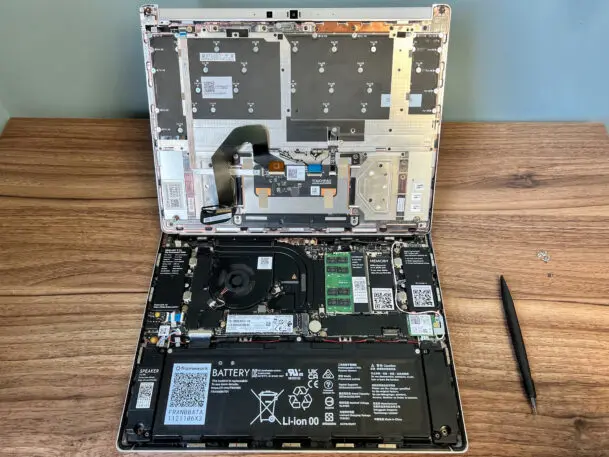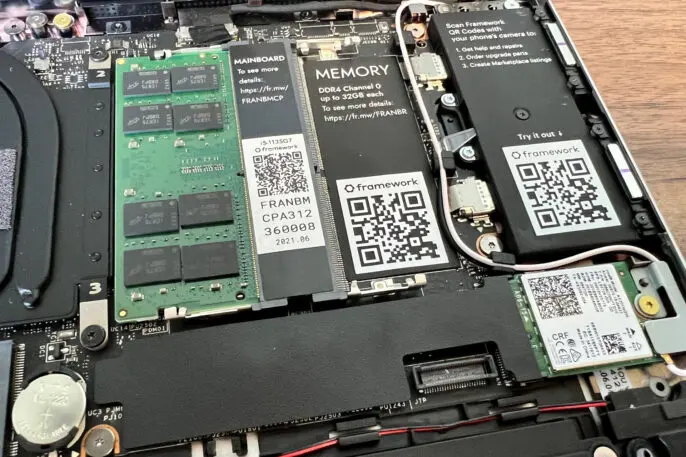One of the most remarkable things about the Framework laptop isn’t merely the device itself, but the marketplace that comes with it.
Visit Framework’s online storefront, and you’ll find a sprawling array of replacement parts for sale, from screens and batteries to fans and speakers, along with upgradable storage and RAM. The Framework laptop is easy to pry open, and QR codes on each component lead to instructions on swapping them out. Having one place to buy all of those parts is refreshing, and shows that Framework is serious about long-term upgrades and repairs.
All of this would be for naught if the laptop itself weren’t any good, but Framework’s first product proves that easy repair doesn’t have to come at huge costs. It’s a slick laptop with a beautiful screen, comfy keyboard, and silky-smooth trackpad, and its modular port system is downright clever.

An all-around nice laptop
With a starting price of $1,000, Framework is clearly targeting the upper crust of the laptop market, and it has the tech specs to match. The base configuration has an 11th-generation Intel Core i5 processor, 8 GB of RAM, and 256 GB of solid-state storage. At the high end, a version with a Core i7-1185G7 processor, 32 GB of RAM, and 1 TB of storage costs $2,000. A “DIY” option also lets you bring your own storage, RAM, and operating system for $750.
The 13.5-inch display is luxurious, with a resolution of 2256 by 1504. That’s both sharper and taller than the 1080p displays found on most Windows PCs, giving you more vertical space for web pages or documents. A brightness of 400 nits is on the higher end for laptops as well, and it helps counteract the glare of bright environments on its glossy glass screen.
Framework even went further than most PC vendors by equipping its laptop with a 1080p webcam that supports 60-frames-per-second video. The vast majority of Windows laptops have 720p webcams instead, even as Apple has jumped to 1080p in its latest MacBook Pro models.

Because of all of those niceties, reparability doesn’t feel like it comes at a premium, nor does it require giving up high-end features like it does on the Fairphone 4 smartphone. (Laptops being a more mature category than smartphones, it’s easier for a small company to build one that competes with the industry’s giants.) This laptop would easily be worth $1,000 even if its innards were sealed off with glue and proprietary screws.
Repairable and adaptable
Framework makes its laptop easier than usual to repair in several ways. It comes with a screwdriver to loosen its five T5 Torx screws, and it doesn’t cover up the screws with its rubber footpads or use glue to hold anything together. Once you’ve removed the screws, the laptop’s magnetized keyboard section lifts straight off, revealing an array of clearly labeled components. Each part’s QR code links to the relevant page on Framework’s repair guide, which has step-by-step instructions on how to proceed.
The laptop’s display portion is just as easy to access, with a magnetically attached bezel that peels off to reveal the display and webcam underneath. Framework even plans to turn the removable bezel into a style choice, with black and orange options along with the standard white.


About that battery life
The only thing that keeps me from being unreservedly excited about the Framework laptop is its battery life. The laptop has a 55 WHr battery inside, which is typical for a laptop of its size, yet runtimes fell well short of expectations.
In my normal usage habits, which involve a mix of web browsing, document editing, and Slack, the Framework laptop usually lasted between four and five hours. That’s two to three hours short of what I typically experience on high-end, thin-and-light Windows laptops. It’s worth noting that Framework’s laptop doesn’t bear Intel’s “Evo” certification, whose criteria include all-day battery life.


Framework, for its part, says it’s working to optimize battery life through firmware and driver updates. The company also says it will sell add-on modules that may extend runtimes as well. Still, I’d be wary of buying a tech product based on the promise of future improvements. At least the battery itself will be easy to replace as its ability to hold a charge degrades.
Battery issues aside, Framework did an excellent job building a slick laptop that not only allows for easy repairs, but encourages it. With any luck, it’s the start of even better repairable products to come.
Recognize your brand's excellence by applying to this year's Brands That Matters Awards before the early-rate deadline, May 3.
